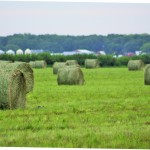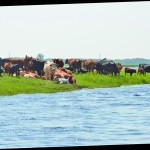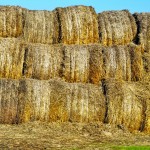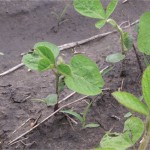Nov 7 (Reuters) - Corn spot basis bids were steady to lower around the U.S. Midwest on Thursday following a spike in farmer sales ahead of a major crop report due on Friday that is expected to lift estimates for the crop, grain merchants said. * Analysts widely expect the U.S. Agriculture Department to increase







